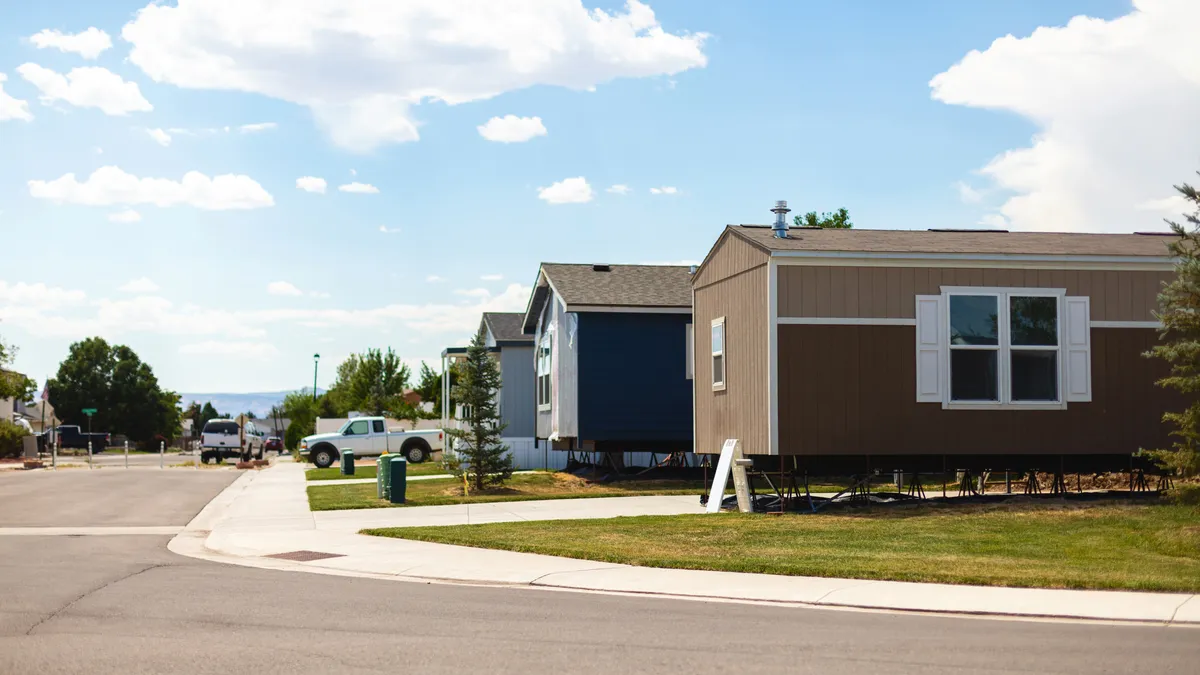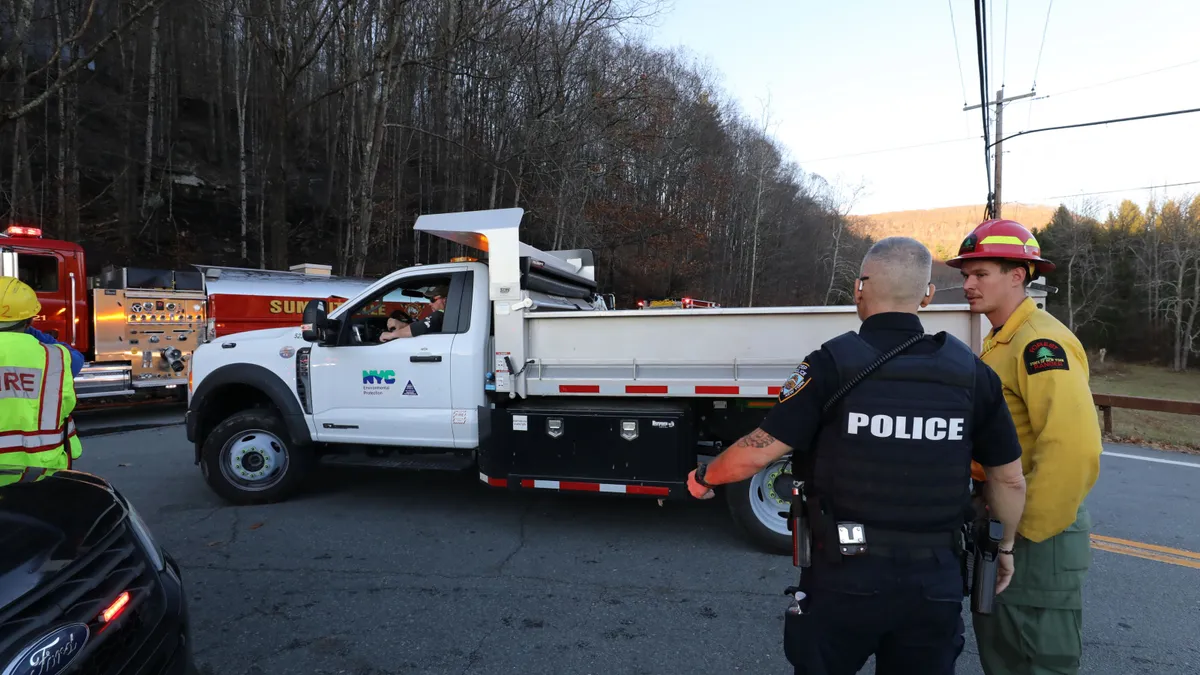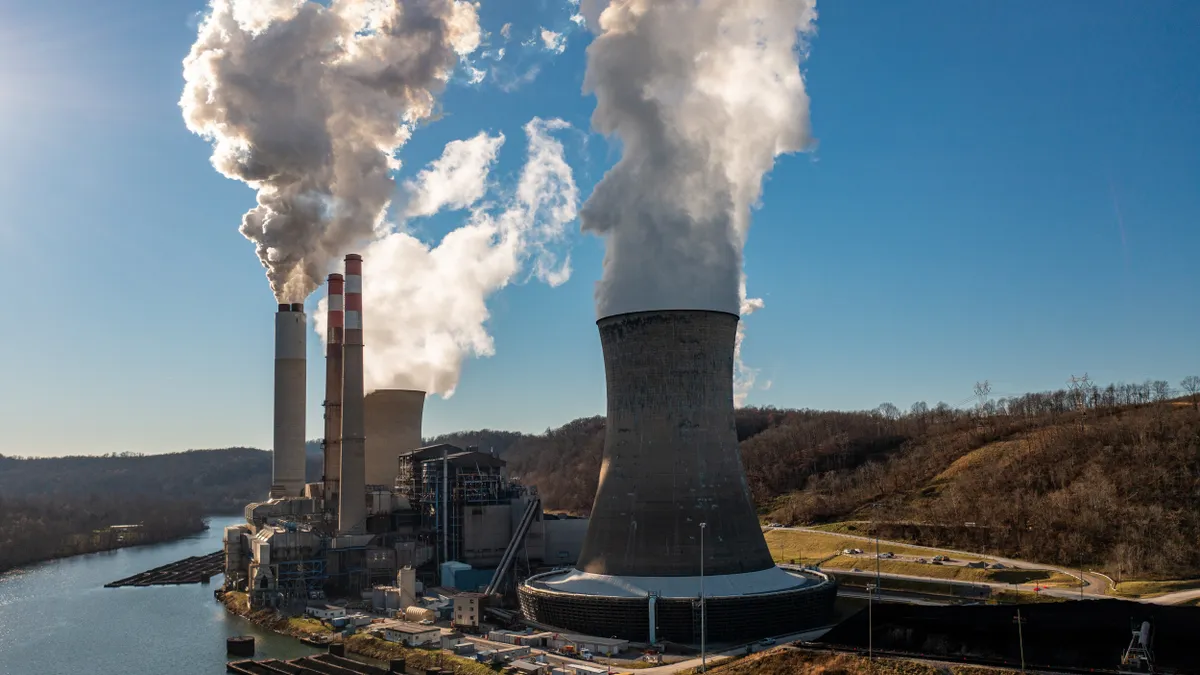The country’s solid waste infrastructure may be working in fair condition, but mere management without continued innovation is no longer good enough.
That assessment, published in the American Society of Civil Engineers' (ASCE) 2017 Infrastructure Report Card, earned solid waste a C+ grade. This may be better than the country’s overall D+ rating — and no category except rail scored higher — but it sends a clear message that the status quo will no longer cut it.
"There is a need to change the way we think of how solid waste is generated, managed, and potentially used as a resource," reads the report. "Americans need to recognize that what is routinely discarded may in fact be a reusable resource."
According to the report the country’s overall collection and processing capacity is in good condition, but the lack of improvement on recycling rates is a problem. Based on the Environmental Protection Agency’s latest national diversion rate of 34.6% — which some sources estimate may be even lower — ASCE sees a system that has stalled. While this doesn’t take into account a number of factors such as product lightweighting, it’s clear that no major recent gains have been made. This was the main reason solid waste dropped from its B- peak in the prior 2013 report.
“We've leveled off, we've plateaued. We need some more innovation,” said Shelia Montgomery-Mills, a member of the ASCE committee that developed this latest analysis.
"We've leveled off, we've plateaued. We need some more innovation."

Shelia Montgomery-Mills
American Society of Civil Engineers
Montgomery-Mills said the good news is that solid waste is in a better position than other categories because it receives a guaranteed funding stream of tipping fees and a sizable share of private funding. Yet the report says not enough of this funding is being dedicated to researching new ways to make resource recovery as profitable or more profitable than disposal.
"Current production and consumption systems do not offer enough incentives for preventing and reducing waste. From product design and packaging to material choices, the entire chain is not designed with waste prevention in mind," reads the report. "Increases in recycling can only occur where consumers are willing to sort their household waste and the infrastructure and market is in place to collect and utilize the recycled materials."
While this report may not include the phrase "zero waste," it includes many of the same principles. Increasing the use of recycled content in products and building new local recovery systems to supply that material have long been a core arguments of "zero waste" proponents.
Gary Liss, vice president of Zero Waste USA, said that except for the support of waste-to-energy combustion, he supports many of the report’s recommendations. Though Liss said the report could go a step further by connecting these ideas to President Trump’s calls for new infrastructure funding.
"Recycling is the epitome of what the current administration is calling for in terms of bringing jobs home from overseas and leveraging private investment in public service infrastructure," he said.
Liss sees China’s move toward a more closed loop resource recovery system as a sign that demand for U.S. material exports could decrease. Domestic manufacturing must expand to be ready for a future where a large majority of the country’s recovered materials no longer get shipped overseas. He pointed to the Zero Waste Development and Expansion Act, recently re-introduced to Congress, as a potential way to invest in this type of infrastructure growth. Liss said this shift, coupled with contract terms that follow past EPA guidance, could help get recycling out of its current stasis.
"Recycling doesn’t need to be free like a lot of systems have set it up to be. Recycling just needs to be less cost than wasting," said Liss.
"Recycling is the epitome of what the current administration is calling for in terms of bringing jobs home from overseas and leveraging private investment in public service infrastructure."

Gary Liss
Vice president, Zero Waste USA
As more municipalities look for ways to increase their diversion rates they have been investing in advanced single-stream material recovery facilities, organic waste processing and new conversion technologies. This gradual expansion of capacity can help improve diversion rates, though some in the industry see better citizen engagement as the only way to achieve notable improvement.
"That’s not an infrastructure issue, that’s a human behavior issue,” said Chaz Miller, policy director for the National Waste & Recycling Association. “You can build an infrastructure and people still have to do the behavior so you can use the infrastructure correctly."
Miller said while the industry has become very good at collecting material from single-family homes it still has work to do on multi-unit buildings, public spaces and small businesses. As the efficiency of collection systems and MRFs increase he sees the potential to do more within the current system.
Though when it comes to behavior change, no clear solution is available to make the average person care more about their consumption, separation or disposal habits. As noted in the report, and recognized by some municipalities, a financial motive is one of the most proven ways to do this.
Whatever method is used, the ASCE sees a need to make people more aware of the role infrastructure plays in their lives. Since it began issuing report cards in 1988 the ASCE has been warning about allowing vital infrastructure systems to remain chronically underfunded. The average person often takes for granted their ability to leave waste on the curb, flush the toilet, flick a switch or pour a glass of clean water. Without increased public pressure on elected officials, especially for less visible components such as solid waste collection, this streak of bad grades could continue.
"In a lot of ways the public doesn’t really understand what infrastructure is," said Montgomery-Mills. “The parts and pieces that come in and out of our homes and businesses that we don’t see are just as important as the ones we drive over or through every day."




















